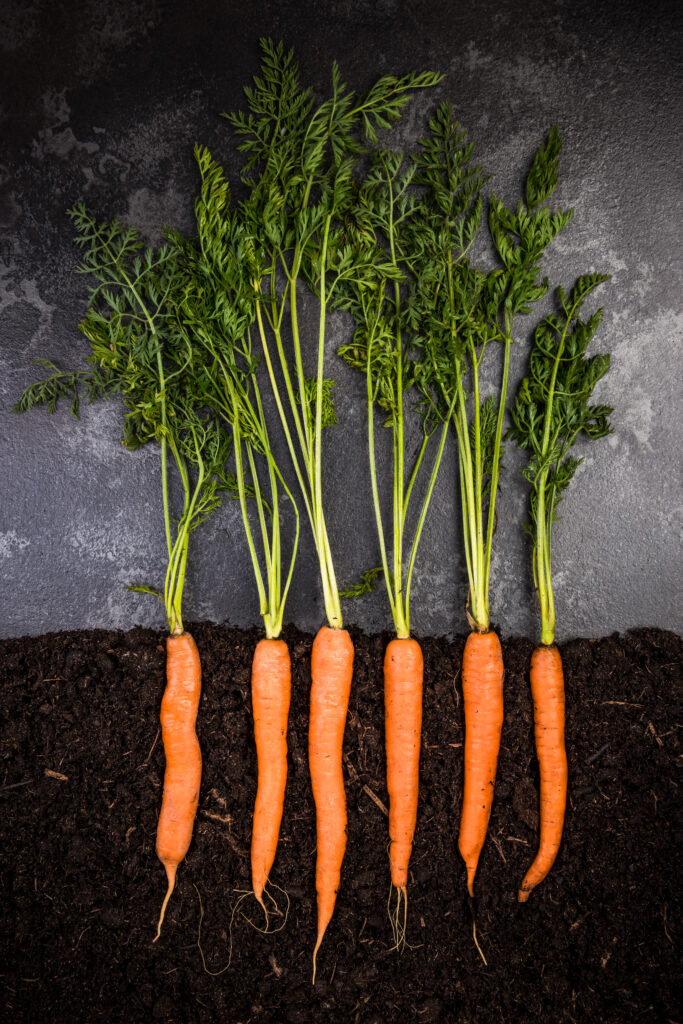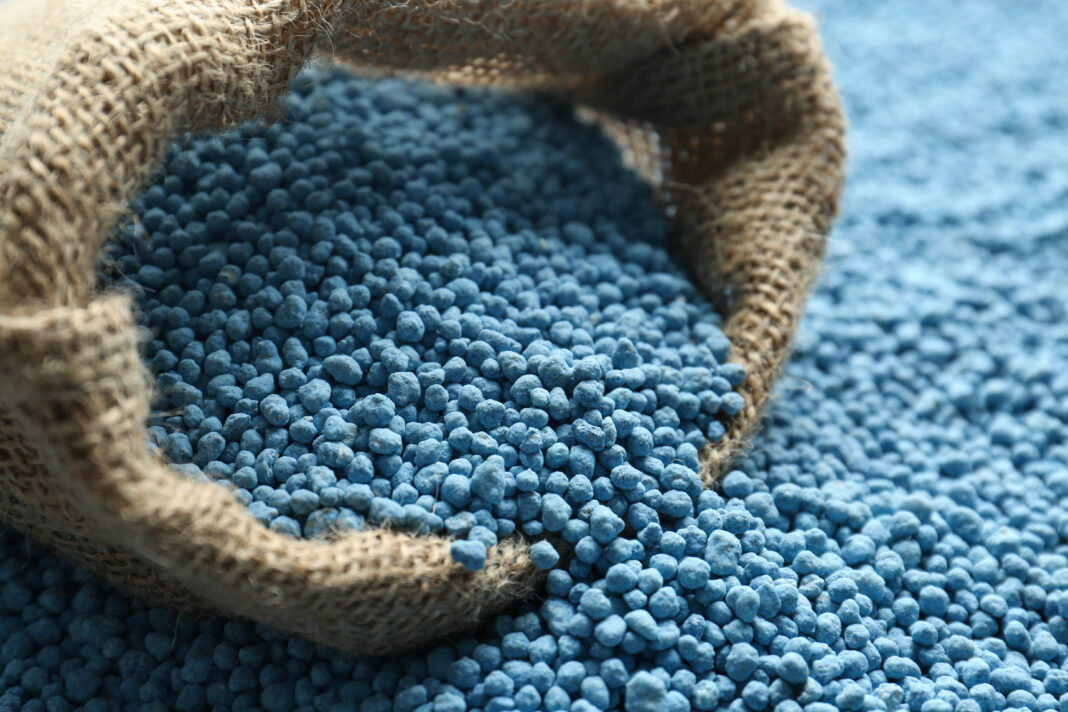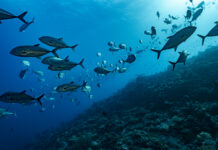Global food production will need to rise in the years ahead to keep pace with a growing population – especially in Africa – and with dietary shifts toward higher protein and greater variety.
Fertilisers are essential to boosting crop yields, and potash, a potassium-rich mineral, plays a crucial role in this equation. It supports vigorous plant growth, improves drought resistance, and increases both the quantity and quality of harvests. Unlike many other fertiliser inputs, potash has no effective substitute, highlighting its vital importance for global food security.
Potash is particularly critical for crops like cereals (such as wheat, rice, maize and barley), oilseeds (including soya bean and canola), fruit and vegetables, tuber crops like potatoes, and plantation crops such as coffee, cocoa, sugarcane and bananas. It’s vital for crops that require a high nutrient uptake to produce high yields and good quality, including tomatoes, citrus, grapes, and many horticultural products. These products form the backbone of global food supplies and are crucial both for staple diets and higher-value food production. In addition, potash contributes to the production of animal feed crops, indirectly supporting the livestock and dairy sectors.
After years of slow progress, Kore Potash, listed on the JSE, AIM and ASX under ticker KP2, is finally making headway in turning its high-grade Kola deposit in the Republic of Congo – one of the shallowest potash deposits in the world – into a producing mine.
This deposit underpins the Kola Project, the company’s flagship asset, which is expected to produce 2.2 million tons of muriate of potash (MoP) per year. Its location on Africa’s west coast provides a shipping advantage into major markets, especially Brazil and the broader African region.
Despite being a global agricultural powerhouse, Brazil relies on imports for more than 90% of its potash needs. Kore sees its proximity to Brazilian ports and its projected low production costs as key advantages for capturing part of this significant market.
The Kola Project’s logistics are fully integrated, reducing reliance on local infrastructure. Potash ore will be mined via conventional underground methods and transported 25.5km by conveyor to a processing plant. From there, processed MoP will travel another 8.5km to a dedicated marine export facility, where it is transferred onto barges for loading onto ocean-going vessels. This design aims to lower operating costs and improve reliability, which is crucial for any mining operation in a frontier jurisdiction like the Republic of Congo.
Kore’s biggest obstacle has always been funding the project’s significant upfront capital cost. Raising that kind of money through equity alone would have required issuing a huge number of new shares, severely diluting existing investors. Instead, Kore announced in June 2025 that it signed non-binding term sheets for the full $2.2bn funding package with OWI-RAMS, a Swiss investment platform linked to the listed Record Financial Group. This agreement could be a turning point for the company.

Under the proposed financing, about 70% of the required funds – about $1.53bn – will come from a senior secured project facility structured to comply with shariah principles. Instead of traditional interest, this facility carries a fixed profit payment between 6.8% and 9.3% per year. There’s a grace period during construction and ramp-up, after which repayments will be spread over seven to eight years.
Strict financial covenants will apply, including cash flow coverage ratios and debt service reserves, but the structure helps reduce dilution for existing shareholders while signalling confidence from institutional financiers.
The remaining 30% of funding – roughly $655m – will come via a royalty finance facility. Unlike debt, this financing will never be repaid in principle. Instead, the financier will receive a percentage of gross revenue from the Kola project: 14% while the debt facility is being repaid, rising to 16% thereafter. While those royalty rates are high compared to traditional mining royalties, they allow Kore to avoid a massive equity dilution that would have been necessary if the same sum were raised through issuing new shares.
Kore’s updated definitive feasibility study indicates an after-tax net present value (NPV) of $1.7bn, with an internal rate of return (IRR) of 18%. These numbers assume an average MoP price of $449/ton, above the current spot price of about $362/t but still within the range of market forecasts, given steady global demand growth. Even if prices weaken, Kore’s projected delivered cost to Brazil is just $128/t, suggesting it could remain profitable as one of the lowest-cost potash producers in the world.
Operating in the Republic of Congo carries political and regulatory risks. A few years ago, Kore’s relationship with the government was strained when officials detained two employees over frustrations with project delays. That incident underscores the potential volatility of operating in frontier markets. However, Kore has since engaged closely with local authorities and accelerated progress on the project. Political risk remains a factor, and securing political risk insurance or involvement from development finance institutions may be necessary to complete the financing.
Adding credibility to Kore’s plans, the company has signed a fixed-price engineering, procurement and construction (EPC) contract worth around $2bn with PowerChina, a major Chinese state-owned contractor. This contract caps construction costs and includes performance incentives and penalties, helping to protect Kore from the cost overruns that have plagued many large mining construction projects.
PowerChina has also offered to operate the Kola mine, which could bring operational expertise and further lower execution risks.
Kore’s shareholder register includes major names, notably Chile’s Sociedad Química y Minera (SQM), one of the world’s biggest producers of potash and lithium. SQM and another large shareholder have expressed interest in offtake agreements for around 40% of Kore’s future production. Such partnerships could help secure sales and improve cash flow predictability once the mine is operational.
Despite the project’s potential, Kore Potash remains a speculative investment. The company still faces several years of construction, with first potash shipments now targeted for 2029.
Its current market capitalisation is around R2.8bn, far below the R30bn NPV implied by the feasibility study. That gap reflects the considerable risks still ahead, from financing completion to construction execution and market price volatility. But if Kore can deliver the Kola Project as planned, it could transform into a significant player in the global fertiliser market at a time when food security is becoming more critical than ever.




